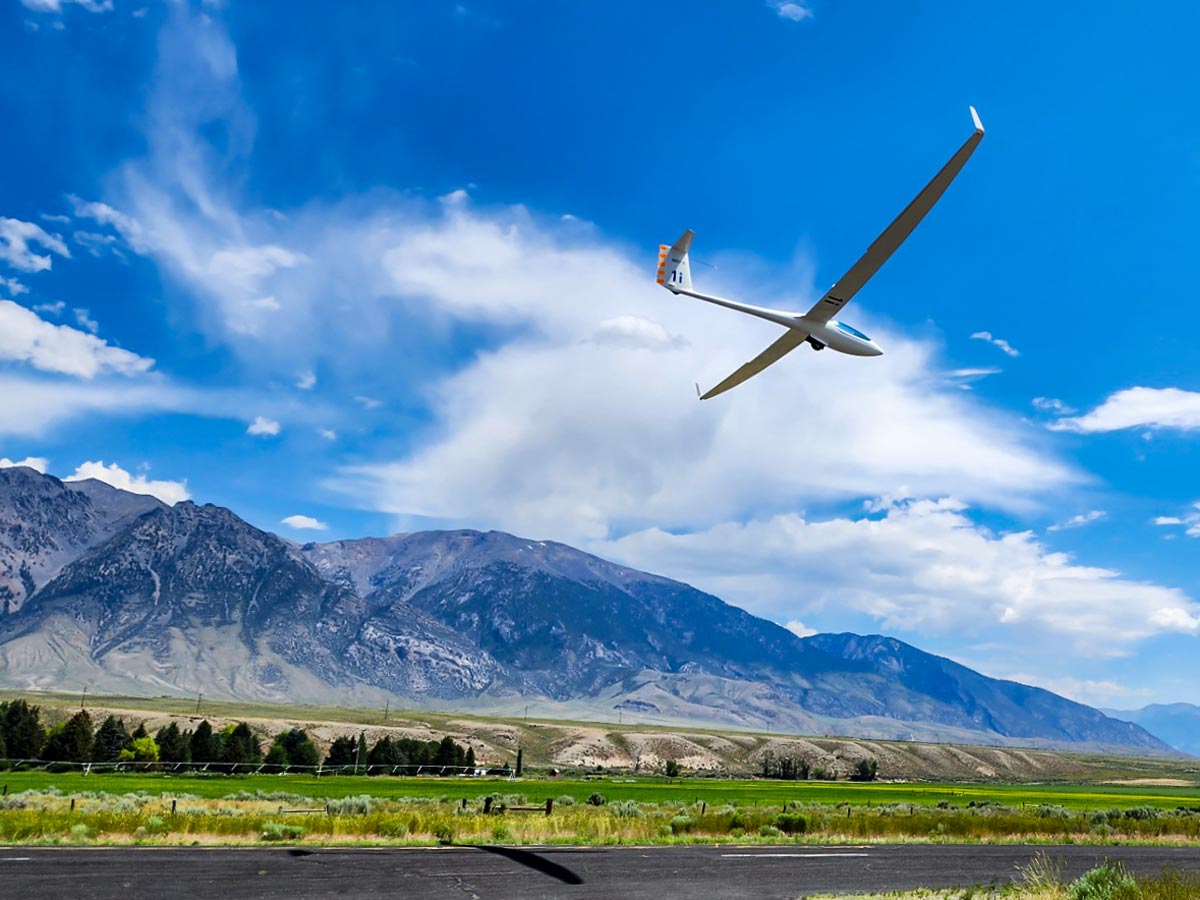Long Soaring Flight

We start our soaring career with training flights, where the duration is rarely longer than an hour long and our early solo flights are usually less than 2hrs. Fortunately for these flights, being hydrated before take-off, having a good hat that won't scratch the canopy, and sunscreen on exposed body parts are all that you need. What will we need when flights start extending past these time frames though?
We must start considering looking after the pilot at all times, sun protection must be applied to the whole body. Not only does flying at higher altitudes increase the amount of UV exposure, but we also must consider that the canopy does nothing to stop UVB, which causes deep burning in the skin. Unfortunately, this is a major cause of skin cancer. One thing that has been learnt over the years is that it’s the total amount of UV taken in, that affects the whole body. One form of skin cancer is Melanosis, which can occur anywhere in the body, not just the exposed skin parts.
While flying in the reclined position is great for comfort and aerodynamics, it exposes our legs and arms easily. So it’s important to cover these up. Unfortunately putting sunscreen on your hands isn’t practical, so flying with some light cotton gloves can help – an added bonus for pilots who get sweaty hands! These gloves can be found at fishing shops, and with modern instruments, it may be necessary to cut the fingertips off so your touch screen devices are still useable.
Not only should you be hydrated before you take-off, but once you start flying longer flights, then drinking water is clearly a must. I don’t think anyone would argue that a major cause of accidents is because of dehydration, so why allow the risk? The best solution is to buy yourself a Camelbak or MSR dromedary-style water bladder, that fits almost everywhere and provides a convenient tube for easy drinking in flight. In Australia, I never take off with less than 3L for a 5hr flight, and if it’s longer or into some desolate terrain, then I’ll fly with 5L. Naturally along with hydration, comes the need to pee. Both men and women will need to come up with a plan to achieve this task. There’s nothing worse than cutting a flight short because of this!
Longer flights will also mean that we need to eat something too, fortunately, this one is relatively simple. Just a little care is needed, and best is with portable and easy-to-handle foods. With food intake, we are trying to keep the blood sugar levels reasonably constant, if we don’t then concentration may lapse, and coordination and decisions are likely to be substandard.
Have you considered footwear? For one, we need to be comfortable, but also, if we Outland, then we may need to walk many kilometres to find the nearest farmhouse to seek help. Consider having shoes that have some ventilation, as they’ll sweat when low. Wearing good quality socks will help keep your feet warm at altitude, it’s a real balance!
Finally, sunglasses are clearly a must, without these on a day full of glare, this can easily induce headaches, sore eyes, and fatigue.
It’s clear to see that prior preparation prevents poor performance, so with that said, it’s a great idea to have your own soaring toolkit conveniently available, perhaps a checklist could help in the beginning to ensure you don’t forget any of these important items.
Happy & comfortable long soaring flights!
Banner photo by Sean Franke








